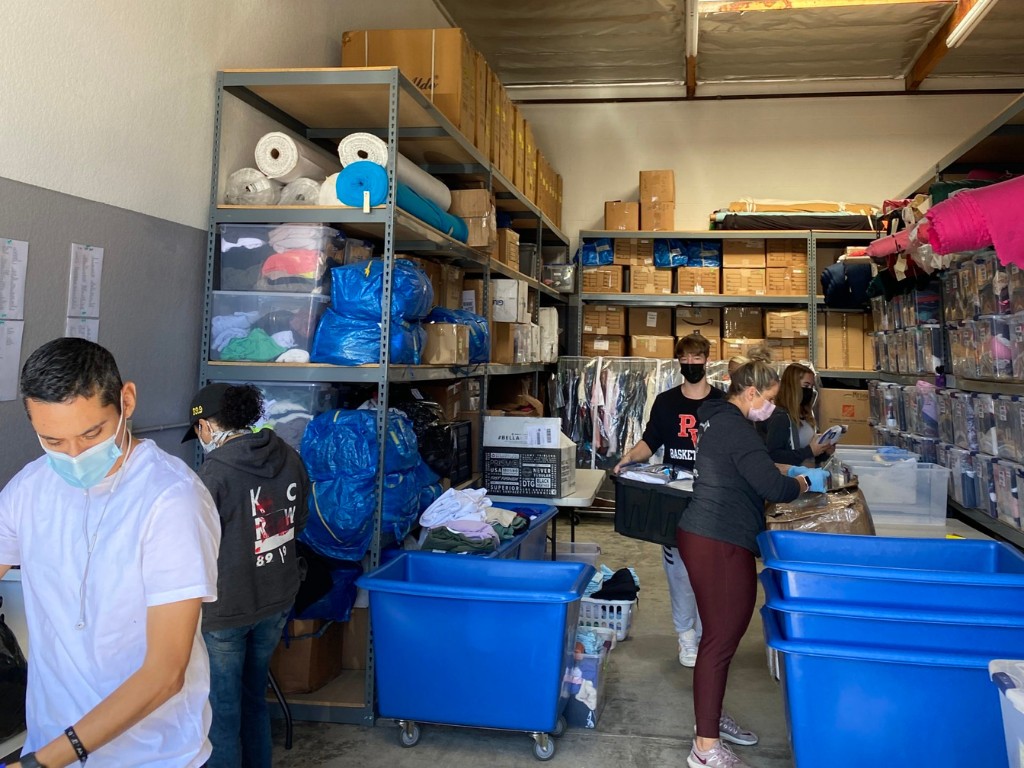For many consumers, “fast fashion” is a shopper’s dream. As trends shift, mass-market manufacturers react with lightning speed to produce new lines of low-priced clothes to feed demand. But as consumers happily restock their closets, their castaways are contributing to a growing environmental nightmare.
Each year, Americans send more than 12 million tons of clothing and textile waste to landfills. In all, the fashion industry generates 4% of the world’s waste, or 92 million tons a year, exceeding the amount of toxic e-waste, according to one recent recycling report.
The tragedy is that 95% of discarded clothes and textile waste can be reused or recycled. By contrast, says the World Resources Institute, it takes about 715 gallons of water to produce one new cotton shirt. A pair of jeans “costs” 1,800 gallons. Repurposing a gently used garment extends its life on average by 2.2 years, greatly reducing its carbon, waste and water footprint.
Diverting unwanted clothing and shoes from ending up in landfills and redistributing these items to those in need within the community is playing a pivotal role in combating textile waste and positively impacting the environment. By intercepting these items before they reach landfills, this practice contributes to a significant reduction in the volume of textiles that would otherwise decompose and release harmful greenhouse gases, such as methane, into the atmosphere. This proactive approach aligns with the principles of the circular economy, as it extends the lifespan of clothing and shoes, minimizing the demand for new production and conserving the resources that go into making them. Moreover, diverting these items to local communities fosters a sense of social responsibility and interconnectedness, as individuals are not only reducing waste but also contributing to the well-being of their neighbors in need.
Notably, this practice has far-reaching environmental benefits. The textile industry is associated with significant environmental impacts, including resource-intensive production processes and water usage, as well as the release of pollutants and chemicals into ecosystems. By redirecting clothing and shoes to those who can benefit from them, we effectively reduce the demand for new textile production, which, in turn, helps conserve raw materials, energy, and water resources. Furthermore, this approach addresses the issue of overconsumption by encouraging a culture of reuse and mindful consumption, promoting a more sustainable lifestyle. By repurposing unwanted textiles locally, communities can also mitigate the environmental consequences of long-distance transportation and disposal, contributing to lower carbon emissions and a healthier local environment. In summary, the practice of diverting textiles from landfills to those in need represents a pragmatic and compassionate strategy that not only reduces waste but also fosters a more sustainable and environmentally conscious society.

